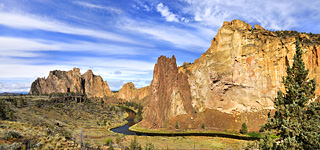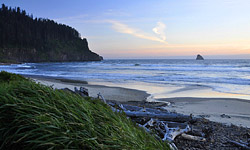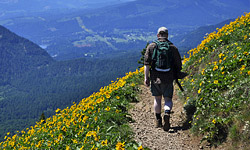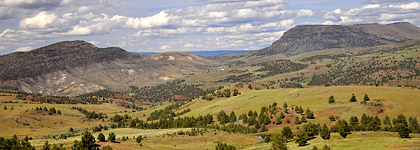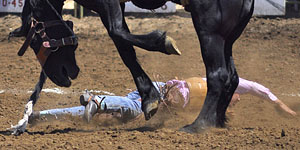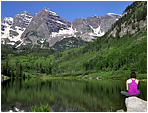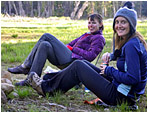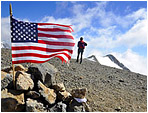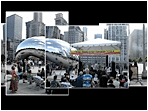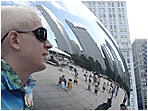Painted Hills


As you near the painted hills, the landscape starts doing this.


It kind of made me want to eat some chocolate ice cream.

[+] Enlarge
This painted landscape stretches over 3,132 acres and is one of the three units of the John Day Fossil Beds National Monument. An abundance of fossil remains of early horses, camels, and rhinoceroses make the area important to vertebrate paleontologists.
... and to the rest of us, it's also just a pretty damn gorgeous spot on this Earth.
Painted Hills is named after the colorful layers of its hills corresponding to various geological eras, formed when the area was an ancient river floodplain.

The black soil is lignite that was vegetative matter that grew along the floodplain. The grey coloring is mudstone, siltstone, and shale. The red coloring is laterite soil that formed by floodplain deposits when the area was warm and humid.

The yellows, golds, blacks, and reds of the Painted Hills are beautiful at all times of the day, but are best lit for photography in the late afternoon. Changing light and moisture levels can drastically affect the tones and hues visible in the hills.



The boardwalk at the Painted Cove trail offers a close up view of the red and gold claystone hills.









